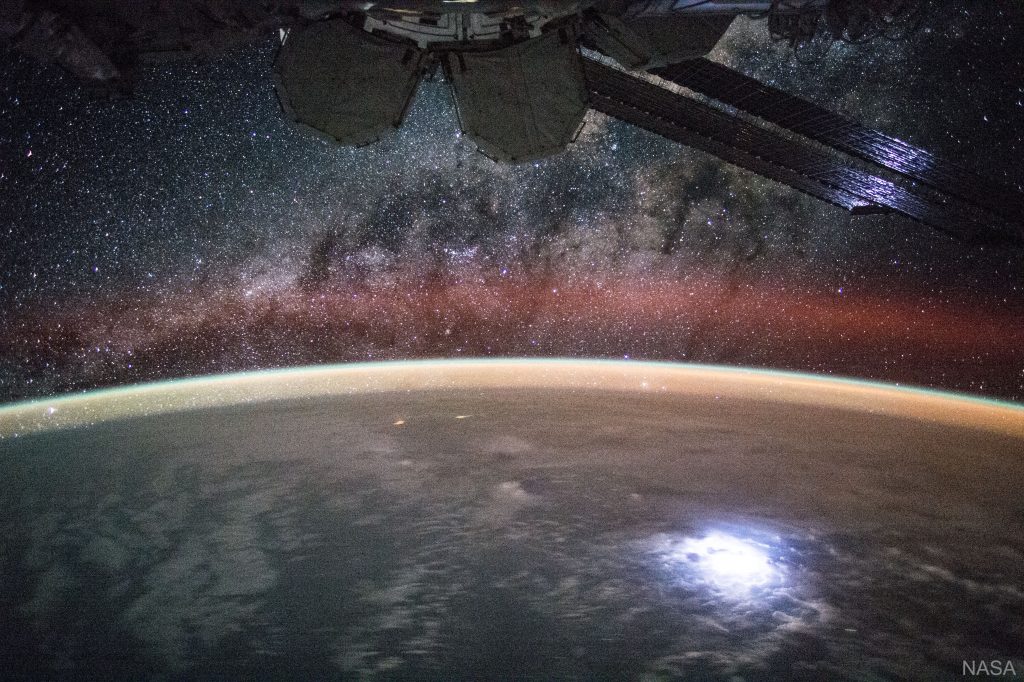NASA’s Atmospheric Waves Experiment (AWE) will study atmospheric gravity waves to understand the flow of energy through Earth’s upper atmosphere and space. Powerful waves are formed by weather disturbances, such as strong thunderstorms, brewing hurricanes, or winds rushing upward over massive obstacles at Earth’s surface, like the towering Andes Mountains.

AWE will fly on the International Space Station. By using the space station orbit to its advantage, AWE will look directly down on the atmospheric waves, surveying and measuring their properties.
The better we understand the physics and characteristics of these waves, the better we understand – and ultimately, can better forecast – our atmosphere, weather, and climate.
AWE joins NASA’s heliophysics mission fleet, which studies a vast interconnected system from the space surrounding Earth and other planets to the farthest limits of the Sun’s constantly flowing stream of solar wind. AWE will complement NASA’s two other upper atmosphere missions, the Ionospheric Connection Explorer (ICON) and Global-scale Observations of the Limb and Disk (GOLD). While ICON and GOLD study large-scale features in the upper atmosphere, the gravity waves AWE will study are comparatively small. The result is a comprehensive set of observations dedicated to exploring the relationship between Earth’s atmosphere and the space around us.
AWE is led by Michael Taylor at Utah State University in Logan, and it is managed by the Explorers Program Office at NASA’s Goddard Space Flight Center in Greenbelt, Maryland. Utah State University’s Space Dynamics Laboratory is building the AWE instrument and will provide the mission operations center.
Prepare to be in awe!
By Matina Douzenis
NASA’s Goddard Space Flight Center, Greenbelt, Md.
